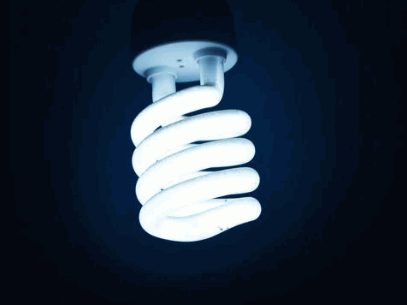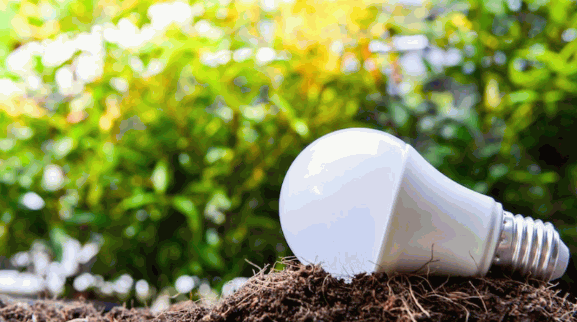
LED lighting has become increasingly popular in recent years due to its energy efficiency and longevity.
We will explore the benefits of LED lighting, including its energy efficiency, longer lifespan, and cost savings. We will also discuss the environmental impacts of LED lighting, such as reduced energy consumption and emissions.
Examining the sustainability of LED lighting, from manufacturing to disposal, and comparing LED lighting to alternative options such as incandescent, fluorescent, halogen, and CFL lighting.
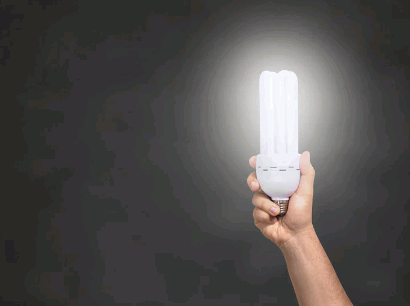
Table of Contents
LED lighting, or Light-Emitting Diode lighting, is a form of artificial lighting that uses semiconductor light sources to emit light when an electric current passes through them.
LED lighting has gained immense popularity in recent years due to its energy efficiency, durability, and versatility. The light produced by LEDs is directional, making them ideal for various applications like task lighting, accent lighting, and outdoor illumination.
LED lighting is known for producing a brighter, cooler light compared to incandescent bulbs while consuming significantly less energy. In contrast to CFLs, LEDs do not contain mercury, making them environmentally friendly and easier to dispose of responsibly.
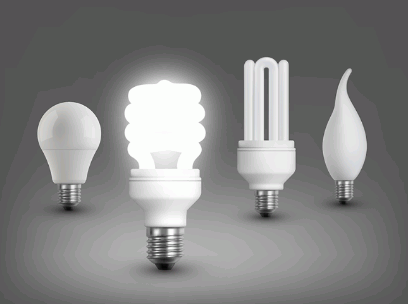
LED lighting works by passing an electrical current through a semiconductor material, which in turn emits visible light with high luminous efficacy.
One of the key components of an LED light is the semiconductor chip, typically made of materials like gallium nitride.
When the current passes through the chip, it excites the electrons, causing them to release energy in the form of photons, the basic units of light.
This process is highly efficient as LEDs produce very little heat compared to traditional incandescent bulbs, making them more energy-efficient and durable.
Dig deeper: How To Install Retrofit LED Recessed Lighting
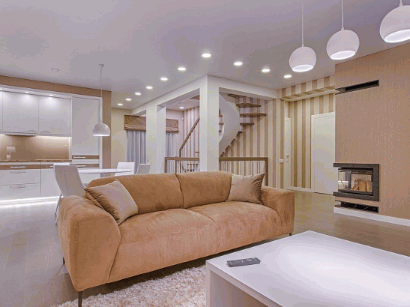
LED lighting offers numerous benefits including superior energy efficiency, extended lifespan, and a significant reduction in environmental impact compared to traditional lighting options like incandescent bulbs and Compact Fluorescent Lamps (CFLs).
One of the most notable benefits of LED lighting is its exceptional energy efficiency which helps reduce overall electricity demand.
LED lights consume significantly less energy than traditional lighting options, making them a more sustainable choice for both residential and commercial settings. According to a report by the U.S. Department of Energy, LEDs use 75% less energy and last 25 times longer than incandescent lighting, translating into substantial cost savings and environmental benefits.
The efficiency of LED lighting can be seen in practical terms - for instance, a 5-watt LED bulb can produce the same amount of light as a 60-watt incandescent bulb, showcasing the remarkable energy-saving potential of LEDs.
LED lights are known for their longer lifespan, often lasting several times longer than traditional incandescent and CFL bulbs, which also contributes to reducing waste.
This extended longevity of LED lights has significant implications for both environmental sustainability and cost savings. With LED lights typically lasting around 25,000 to 50,000 hours compared to the 1,000 to 2,000 hours of incandescent bulbs and 8,000 to 10,000 hours of CFLs, the reduced need for replacements leads to fewer lights ending up in landfills. This not only helps in waste reduction but also decreases the overall expenditure on purchasing and installing new lighting fixtures.
LED lighting significantly reduces carbon footprint due to its lower energy consumption, which in turn decreases global electricity consumption and minimizes environmental impact.
By utilising LED lighting in various settings, from homes to large commercial spaces, we contribute to a greener planet by reducing the amount of electricity needed to power our lights. This means less reliance on fossil fuels and subsequently lowers the release of harmful greenhouse gases into the atmosphere. The energy efficiency of LEDs plays a crucial role in combating climate change, as it directly correlates to diminished carbon emissions, helping to preserve our environment for future generations.
The initial higher cost of LED lights is offset by the substantial cost savings achieved through lower energy consumption and reduced need for frequent replacements.
LED lighting not only leads to immediate savings on energy bills but also offers long-term economic benefits. The energy efficiency of LED lights results in significantly lower electricity usage, contributing to reduced operational costs for households and businesses alike. The extended lifespan of LEDs means fewer replacements are required, leading to additional financial savings over time. The push towards sustainable practices has led to potential recycling incentives for LED bulbs, adding an extra layer of economic advantage for environmentally conscious consumers.
LED lighting is highly versatile, with applications ranging from residential to industrial settings, thanks to innovations from companies like LED LightSense and Ultra LEDs.
One of the most remarkable features of LED lighting is its energy efficiency, making it a popular choice for environmentally-conscious consumers and businesses alike. For instance, Philips Hue has revolutionised the smart lighting industry with its range of colour-changing LED bulbs that can be controlled via smartphone apps.
In the healthcare sector, GE Healthcare utilises LED lighting technology in surgical suites to provide surgeons with optimal visibility during procedures, ultimately enhancing patient safety and surgical outcomes. In the automotive industry, brands like Osram are leading the way with innovative LED headlight designs that offer superior brightness and longevity compared to traditional halogen bulbs.
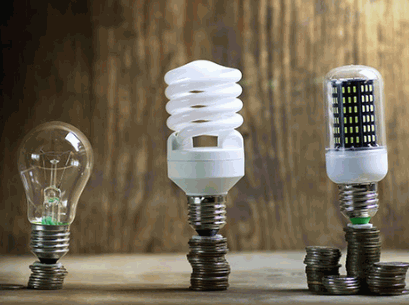
LED lighting has a profound and generally positive environmental impact, contributing to reduced light pollution, lower energy consumption, and decreased waste generation.
LED lighting plays a crucial role in reducing energy consumption, aligning with Global Goals for sustainable development by promoting more efficient use of resources.
By consuming less electricity, LED lighting helps in reducing emissions from power plants, thereby lowering the overall carbon footprint and mitigating environmental impact.
LEDs, due to their energy-efficient nature, produce significantly less heat compared to traditional lighting sources. This reduced heat emission not only saves energy but also contributes to combating urban heat island effects. The long lifespan of LEDs means fewer resources are used in manufacturing and disposal, reducing waste and further minimising environmental impact. Energy efficiency initiatives like widespread LED adoption can play a crucial role in achieving global emission reduction targets and combating climate change.
The longer lifespan of LEDs means fewer bulbs are discarded over time, significantly reducing waste and the burden on landfills.
The durability and resilience of LED lighting not only lead to less frequent replacements but also contribute to lower environmental strain. This is because the prolonged lifespan of LEDs results in fewer resources being used for manufacturing and transportation, ultimately reducing the overall carbon footprint of the lighting industry. LED technology stands out in terms of sustainability, paving the way for a more eco-friendly and efficient lighting solution. By choosing LED lights, individuals and businesses can actively participate in reducing waste production and promoting a greener future.
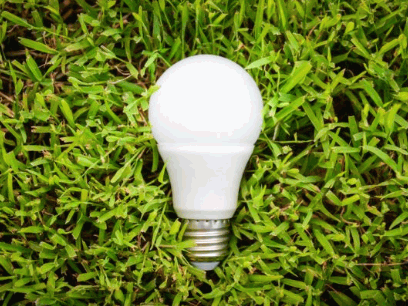
LED lighting is considered highly sustainable, with aspects of its lifecycle, from manufacturing to disposal, designed to minimise environmental impact and promote recycling.
Companies like LED iBond are pioneering sustainable manufacturing practices, using materials like Aluminium Composite Panels (ACPs) to enhance the eco-friendliness of LED products.
LED iBond's approach not only ensures products are environmentally friendly but also cost-effective. By incorporating ACPs into their manufacturing processes, LED iBond reduces waste and energy consumption, aligning with the principles of sustainability. Other companies such as Signify and Cree have invested heavily in developing energy-efficient LED technologies that minimise carbon footprints. These advancements not only benefit the environment but also contribute to the longevity and efficiency of LED lighting systems, making them a popular choice for both residential and commercial applications.
The sustainable use of LED lighting is reflected in its high energy efficiency and the substantial reduction in global electricity consumption it facilitates.
LEDs are designed to convert a higher percentage of energy into light rather than heat, making them more efficient compared to traditional lighting options. This efficiency not only saves energy but also translates to lower electricity bills for consumers. For instance, a study by the U.S. Department of Energy found that widespread adoption of LED lighting could potentially save over 348 terawatt-hours of electricity by 2027, reducing greenhouse gas emissions and promoting sustainable practices. LEDs have a longer lifespan than incandescent or fluorescent bulbs, further contributing to their eco-friendly features.
Sustainable disposal of LED lights involves robust recycling programmes that minimise waste and prevent harmful materials from reaching landfills.
Various organisations and governments have recognised the importance of managing the end-of-life disposal of LEDs responsibly. They establish specialised collection points where individuals and businesses can drop off their used LED lights for recycling. These collection points are often strategically located to ensure convenience for the public. Once collected, the LEDs are sorted and processed to extract valuable materials such as metals and electronic components. Through this recycling process, the components are then used to create new products or materials, reducing the need for raw resources and minimising environmental impact.
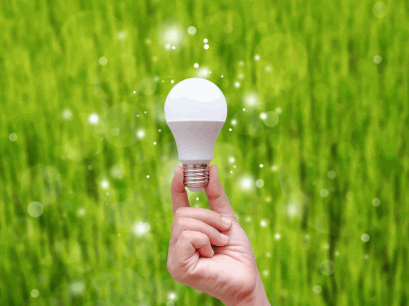
Whilst LED lighting is increasingly popular, alternatives like incandescent lights, Compact Fluorescent Lamps (CFLs), and halogen lighting are still widely used in various applications.
Fluorescent lighting offers better energy efficiency than incandescent lights but still falls short of the efficiency and environmental impact benefits provided by LED lighting.
While fluorescent lighting is indeed a step up from traditional incandescent bulbs, the technology is not as advanced as LED lighting in terms of efficiency and longevity.
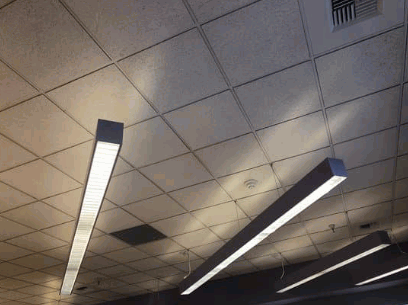
Halogen lighting is a type of traditional lighting that provides bright light and better luminous efficacy than incandescent bulbs but is less efficient than LED lights.
One of the primary features of halogen lighting is its ability to emit a warm, white light that closely resembles natural sunlight. This makes it a popular choice for accent lighting, task lighting, and even outdoor lighting applications. Halogen bulbs have a longer lifespan compared to traditional incandescent bulbs, which adds to their appeal.
Despite these advantages, halogen lighting has some limitations. One major drawback is its relatively high energy consumption, making it less energy-efficient than newer technologies like LED lights. This inefficiency not only results in higher electricity bills but also contributes to a larger carbon footprint.
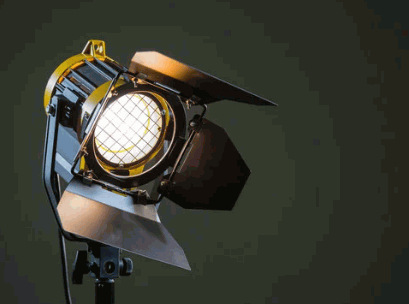
Compact Fluorescent Lamps (CFLs) are an energy-efficient alternative to incandescent bulbs, but they require proper disposal due to the presence of hazardous materials.
One of the key advantages of CFLs lies in their significantly lower energy consumption compared to traditional incandescent bulbs. They can provide the same amount of light while consuming up to 75% less energy, making them a cost-effective choice for households and businesses alike. CFLs have a longer lifespan, lasting up to ten times longer than incandescent bulbs, which reduces the frequency of replacements. This not only saves money but also decreases overall waste generation.
